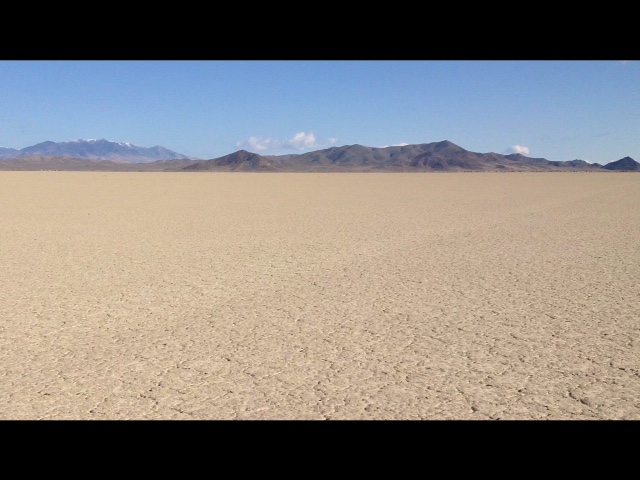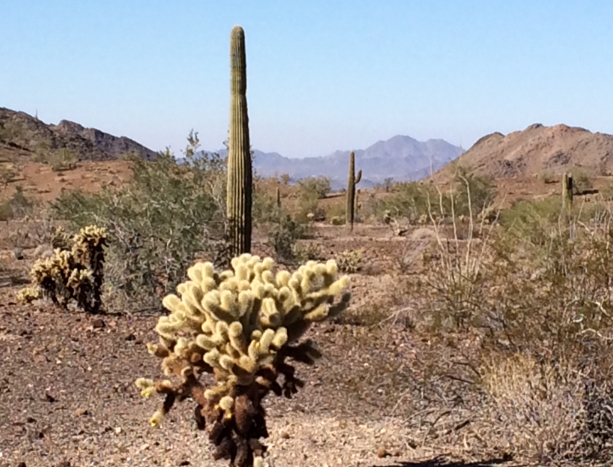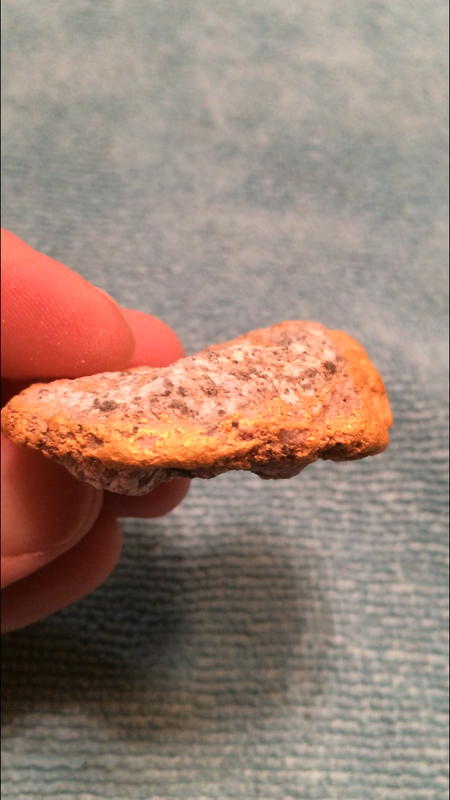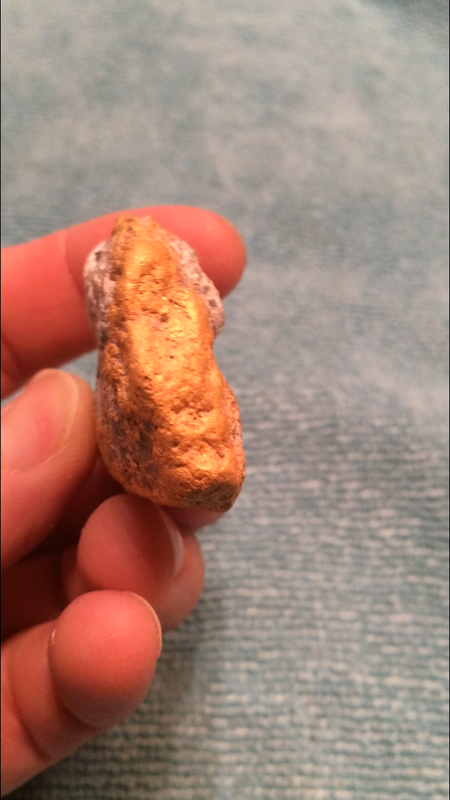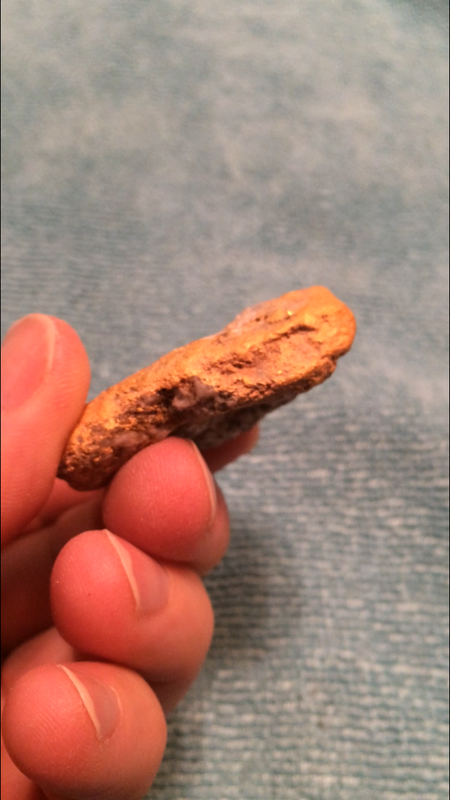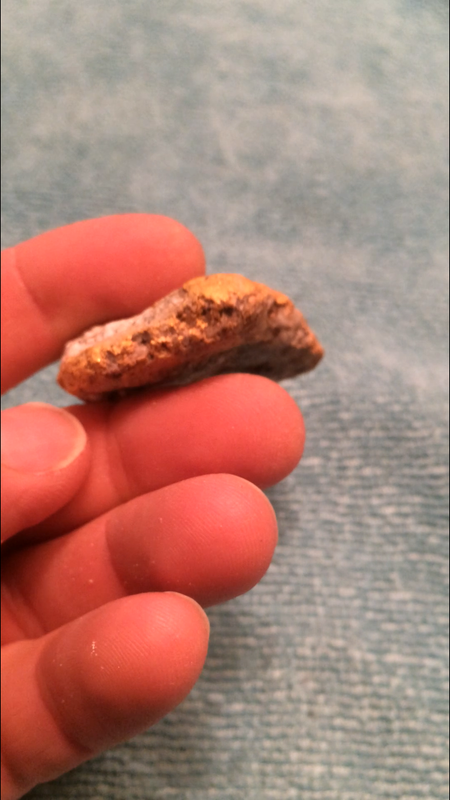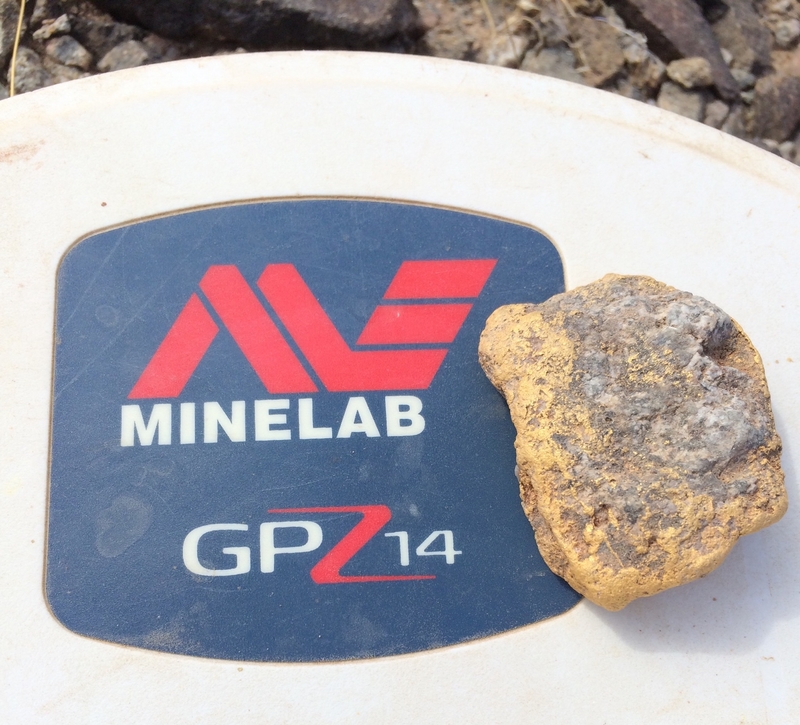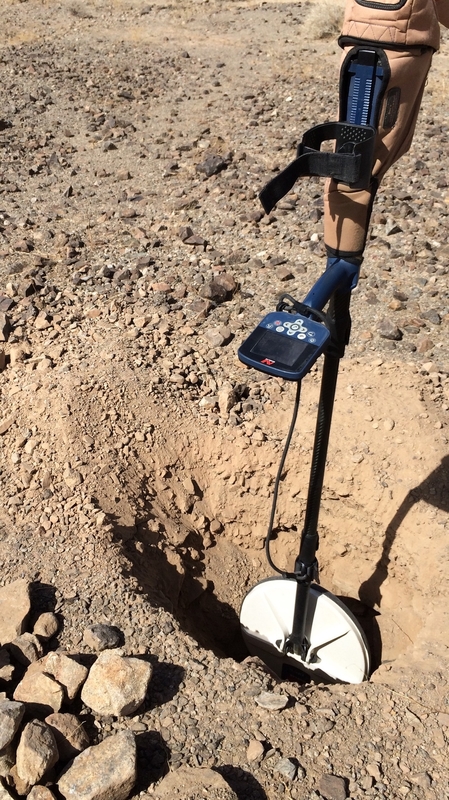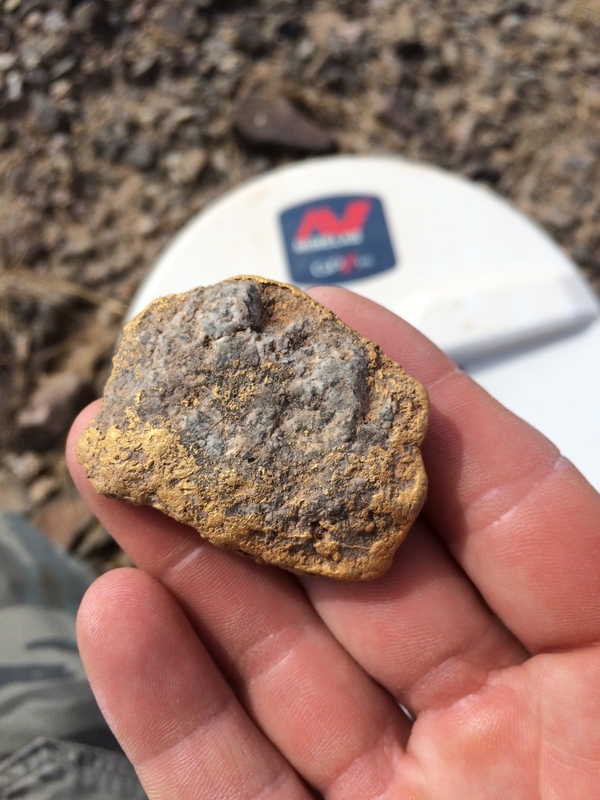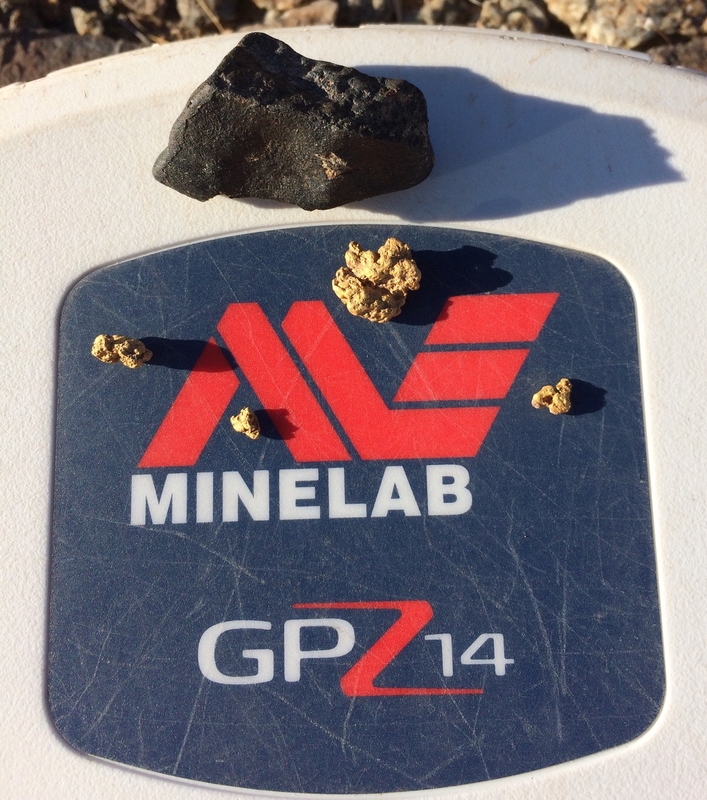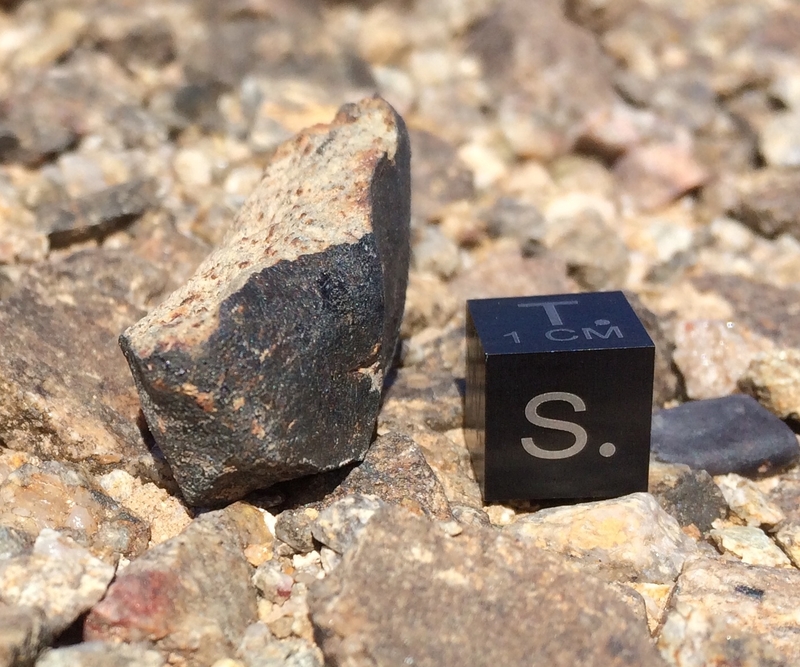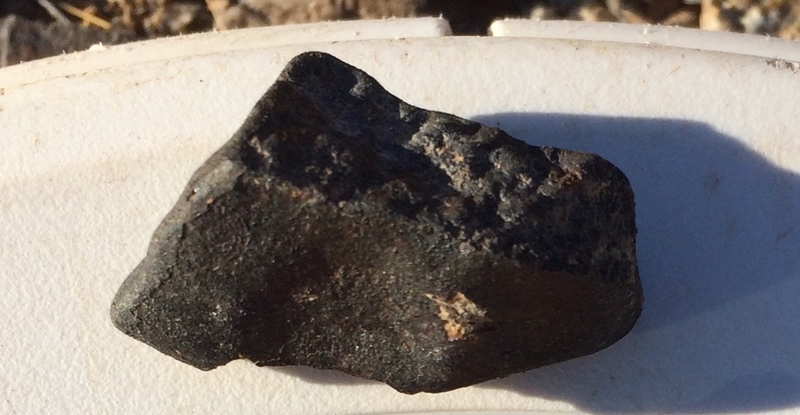-
Posts
1,186 -
Joined
-
Last visited
Content Type
Forums
Detector Prospector Home
Detector Database
Downloads
Everything posted by Lunk
-
Nice haul, WTG!
-
From reading about Park Mode 1 in the users manual, I get the sense that the default settings are designed for ease of use for beginners — it discriminates most of the non-ferrous trash and the iron bias setting of 6 masks most iron targets...optimum for cherry picking coins from the trash. The reason that iron bias is preset to 0 in Park2 and both of the Field modes is that you don’t want any low conductors (like thin, hammered coins in Europe or gold coins in the U.S.) to be masked by adjacent iron targets. I’ve noticed the pros set up their EQXs with low iron bias and high recovery settings to unmask low conductors from the iron.
-

A Slight Delay Before I Go Detecting
Lunk replied to Steve Herschbach's topic in Detector Prospector Forum
-

Whats Wrong With This Gold Photo?
Lunk replied to Gerry in Idaho's topic in Detector Prospector Forum
That nugget is way too small. -
Sorry MarX, I don’t do videos; it takes too much time away from detecting.
-
Oh, you know I’ll be carefully gridding the area...with the 19” coil!
-
Okay, here’s some pics showing thickness. And after recalibrating the scale, the nugget weighs the same. Nuggets can be deceptive. I’ve also used all of my “reactions” for today, so thanks everyone for the replies!
-
I’ll recalibrate my scale and see what happens; when I unearthed the lump, my guess was between 3 and 5 ounces. I’ll see what I can do...
-
Thanks Steve, Most definitely a thrill! The hope of finding a large, deep nugget is what keeps us all swinging that coil.
-
I believe I’ll just leave it the way it is for now, although I’d like to try to thermal shock the quartz off of the gold instead of using acid.
-
Yes, it is...so far... (gotta dream BIG)! Will do, Steve!
-
Try toggling from fixed to tracking using the switch on the front panel, then pump the coil and see if it will ground balance. If it does, there may be something wrong with the green button. If it doesn’t ground balance, my guess is the timing you are using isn’t able to handle the ground.
-
While searching some ancient bench gravels with the GPZ 7000 in the Arizona desert today, my ears were met with a broad, mellow reversed signal from the wireless speaker. I took off six inches of soil with the pick, and the signal was a little stronger. Changing from High Yield / Normal to General / Difficult resulted in a fainter, but normal signal response...definitely a metal target and not a hot rock. Putting the coil on edge produced no discernible signal; all of this information together told me this was going to be a large, deep nugget...just how large and how deep remained to be seen. It was relatively easy digging, as the material was fairly clean, unconsolidated sand and gravel. Getting close to the two foot mark however, the material became cemented, and the target was now screaming off the tip of the coil. Time for a little finesse; using just the plastic scoop to dig with now revealed a small depression in the cemented gravel, and therein lay the target — a three and a half ounce gold nugget! The Zed scored a nice, deep fatty for me, finally. It’s still out there.
-
Road Dog, I came across this small paragraph on page 17 when reading through the manual, and it may be what you’re looking for: So if you haven’t already, try turning down the detector volume and see if that has any effect.
-
I’ll second that. I thoroughly enjoyed his publications and our hunts together in the Nevada and California deserts
-
WTG Ron W.!
-
I know what you mean, Steve. It helps in that regard if you spend a day strictly looking for meteorites on gold-barren ground. All of my cold finds have been made while nugget shooting by just happening to swing the coil over them as I was searching for gold.
-
Eventually, yes, I will have it classified and submitted to the Met Soc for acceptance into their database...a process I’ve gone through a few times now.
-
Thanks Gerry. The space rock was found with the GPZ 7000. By virtue of its weak magnetic attraction and the equilibrated nature of its interior, I’ve concluded that the stone is most likely an L6 chondrite. This type of meteorite has a low total iron content, and is much more responsive to a VLF detector such as the Gold Monster 1000, so I’ll be searching the area for more fragments using it instead of the Zed.
-
Searching a new spot in the sunny Arizona desert this morning netted 3 small nuggets. While aimlessly swinging the mighty Zed back to the truck for lunch, a faint signal stopped me cold; what at first glance appeared to be a small magnetite hot rock turned out to actually be a meteorite fragment. After lunch, the Zed went to bed and out came the Gold Monster. While searching for more fragments, the GM 1000 signaled with a strong non-ferrous target response that turned out to be another small gold nugget. All in all, a fantastic day. More details here:
-
Pictured is a 15 gram meteorite fragment I came across while detecting for gold nuggets in the Arizona desert today, in an area with no recorded meteorite falls. The stone is from a relatively recent fall; the primary and secondary fusion crusts are still quite black and unoxidized. Now the real fun begins: searching for more fragments!
-
Nice finds, WTG!
-

Equinox Blow Up Is Just Competition, What Do You Think?
Lunk replied to Gerry in Idaho's topic in Minelab Equinox Forum
Don’t be a high-looper, Scott! ? -
Thanks for the kudos everyone. There’s a half-ounce slug out there with his name on it, JW. I’ve lost workmates too, and it’s especially tragic when they are close friends. Gerry, all I can say is what are friends for? ? Yes, I will be at the March & April 3 day field training events...always a great time! No rush on the Nox; I can wait until April. I’ll be using it in the parks and school yards in north Idaho if the ground ever thaws. Yep, that 29 gram beauty sounded just like a deep boot tack; what a surprise when it popped out of that 18 inch deep dig hole! Love the Zed.

